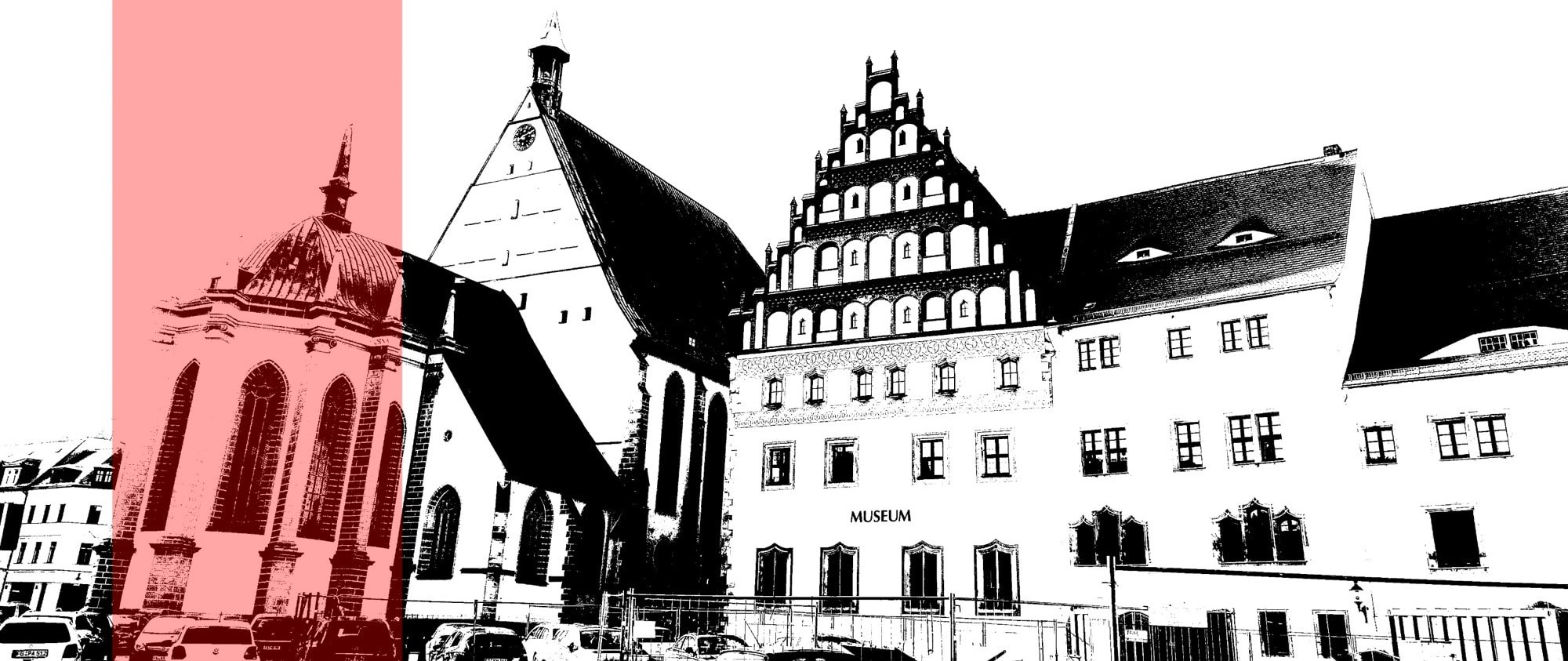Meetali Gupta,
an architect from India, living in Germany.
Joseph Tannous,
an architect from Lebanon, living in Portugal.
The middle ages played a significant role in forming Europe’s identity. From walls and towers for city’s protection to the huge churches and cathedrals that enhanced the religious power, all date back to this era. The castles and mansions for the Royals were significant monumental landmarks and the local markets along with narrow lanes merging towards the city centre formed what is today known as a medieval European City. The case of Freiberg is no different.
Located on the north eastern foot of the ore mountains, on the Saxony “Silver Road”, Freiberg was considered the largest and economically most important silver mining town of the region in the middle ages. South-west of Dresden, this mesmerizing city was founded in 1190 and was a silver mining community, from which its name is derived; Freiberg, “Free Mining” (Image 1).
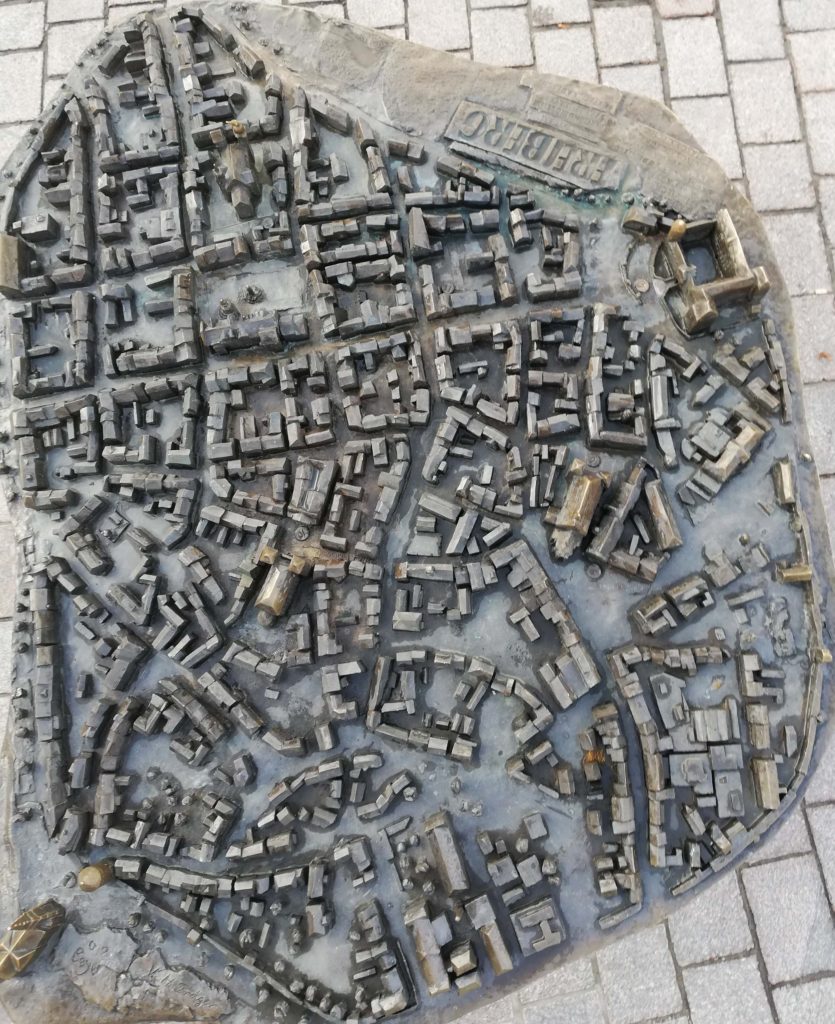
Altstadt (Old City)
In 1168, a massive amount of silver was discovered in a village named ‘Christiansdorf’. This attracted many miners to settle there and the village came to be known as ‘Freiberg’. Craftsmen and merchants along with the miners made the town prosperous and formed what is now known as the ‘Old Town’. Like every town of that era, by the 13th century, the city had its own walls to protect the monumental structures within. Freiberg encompassed all the features of a typical medieval town including the clock tower, the city walls, the cathedral and the market square. What is it then that makes this mining town special?
Uniqueness and Identity Preserving
Across Europe, in the midst of wars and natural disasters, only few cities have retained their medieval charm and architectural features. Freiberg was destroyed twice in the 14th and 15th century due to two great fires, but was rebuilt like it used to be with the same architectural features. Owing to its relatively small size, it wasn’t bombarded during the wars. Thus, what we see today is largely what existed before.
Mining Identity
A major part of its uniqueness and identity has also been the occupation of “mining”. For centuries, mining has had a reflective influence on the landscape, culture and lives of this town. Walking through the town one can identify various architectural elements which are marked with this mining identity. From the famous “Hammer and Chisel” sign , which has become the motto of the town to the doors, lintels (Image2), and wall engravings (Image3); every street depicts mining representation in its architecture.
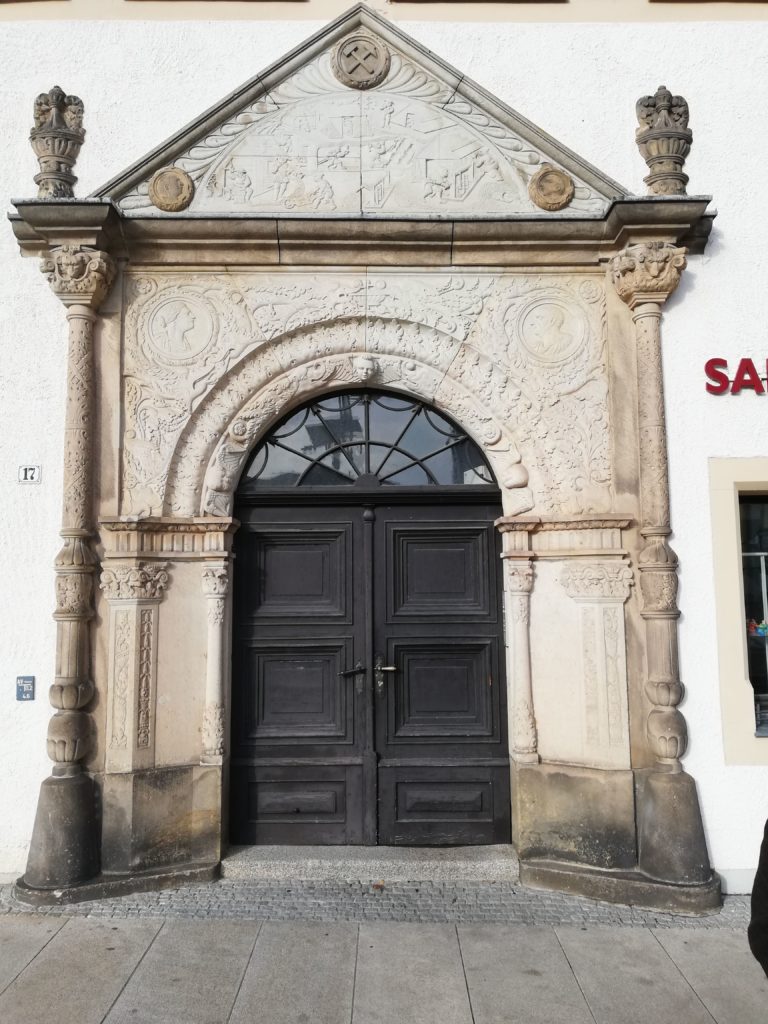
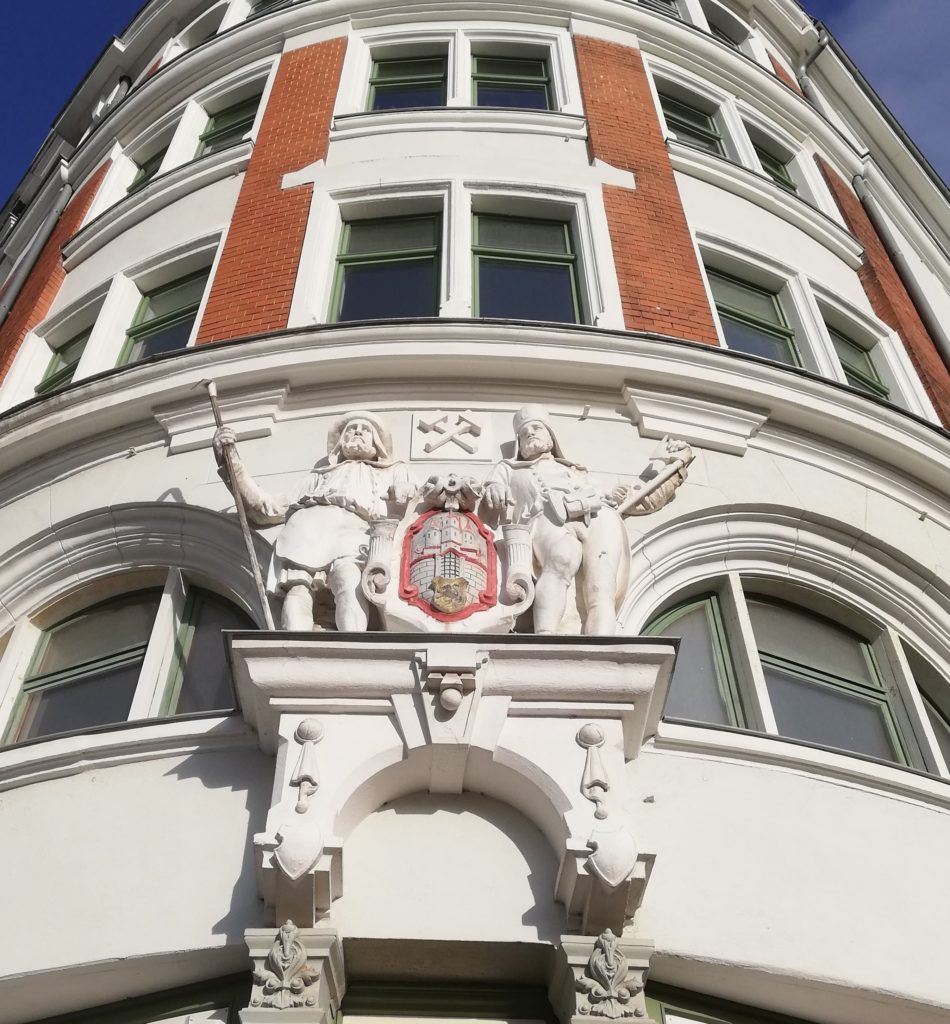
/ Photo: Joseph Tannous
Unique Roof Structure
Apart from mining representations, another unique element is the variation in the roof structures. A walk through the city centre gives one a general idea about the city. However, what catches the eye are the unusual roof structures which give it a different typological identity as compared to other towns of the region (Image 4).
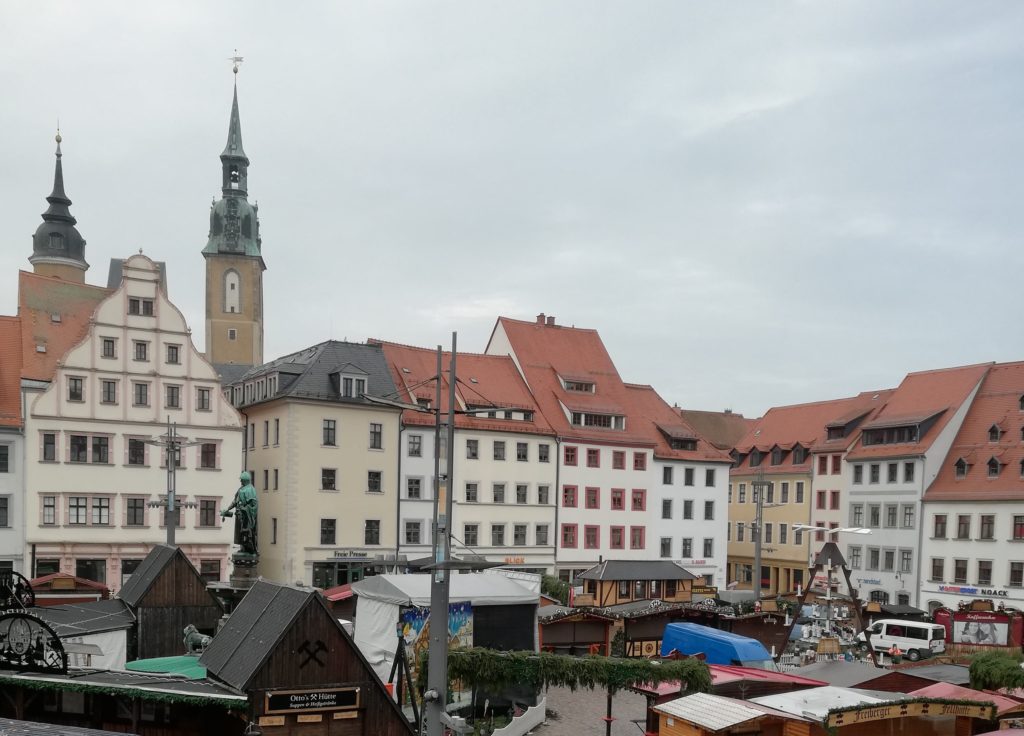
From steepness to materials and colors, each building has its unique roof. “Dormers”, the window openings in a roof plane, are always watching you. It is hard to miss the uniqueness of their “eye shaped” form which allow the ‘inside’ to peek ‘outside’ (Image 5).
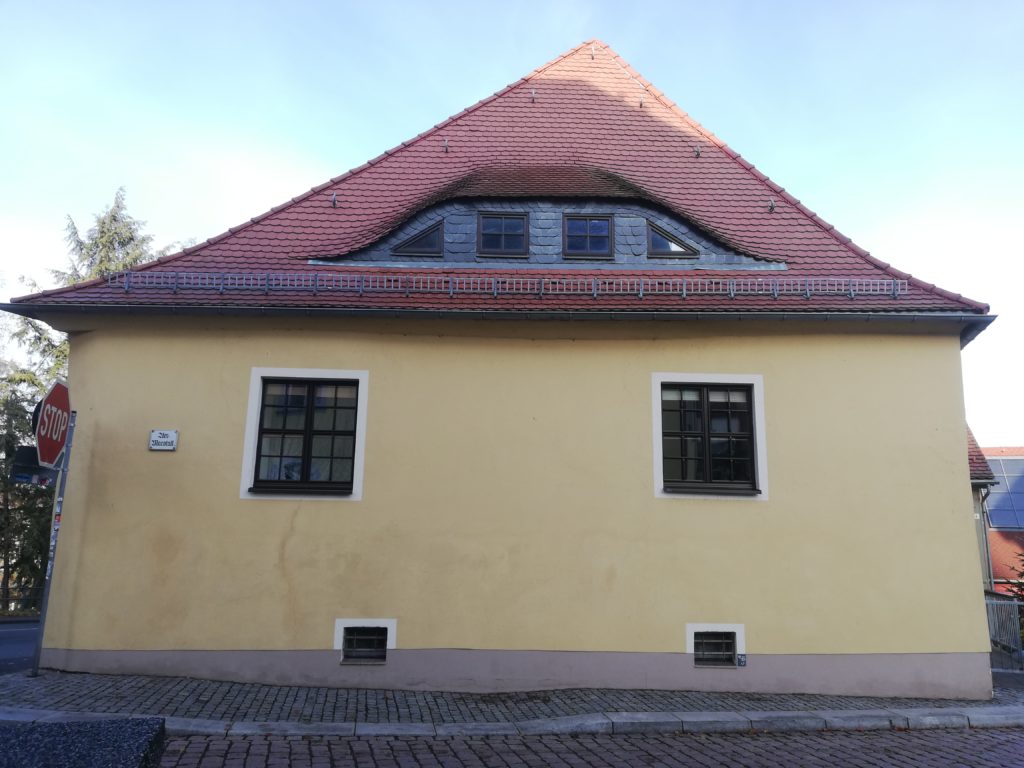
Overall Architectural Richness
The roof and mining representations are unique parts of the symmetrical facades which have height variations. This variation gets accentuated and offers a visual richness to the town, especially when observed from one of the elevated roads. The façades have a homogenous appearance with hardly any contrasting colours. It is only when one takes a walk through the town, does one realise the prominence of representational details in its architecture (Image 6).
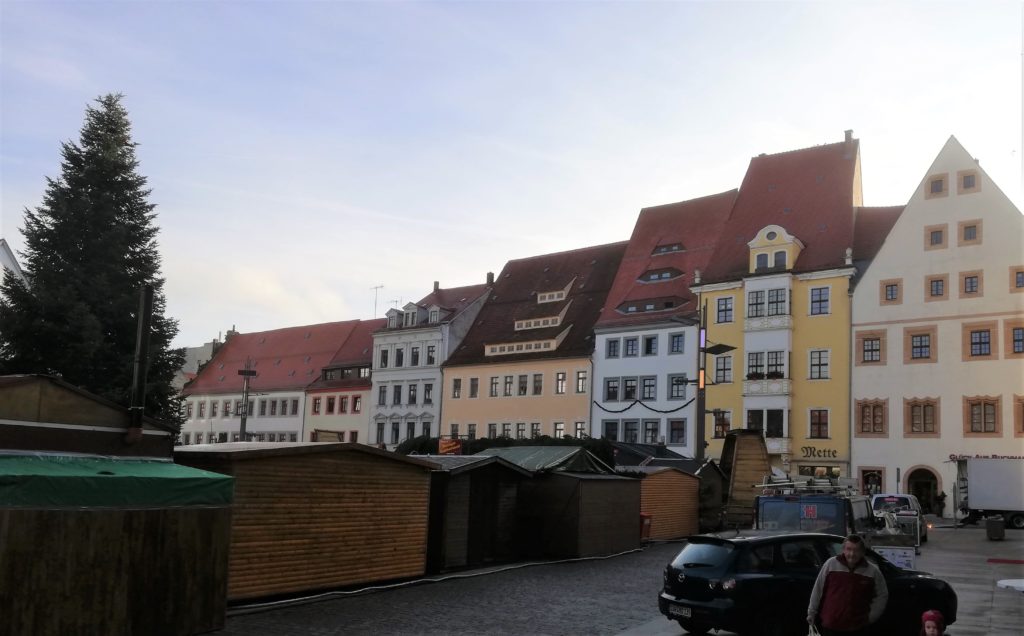
Conclusion
Freiberg is a medieval city with a story behind every building, symbol and craft. There were some we discovered and always some more to look at with fresh eyes. So, when you visit this town keep an eye on these stories which make this town special and unique, and beware because there are always “eyes” watching you!
XXXXXXXXXXXXXXXXX